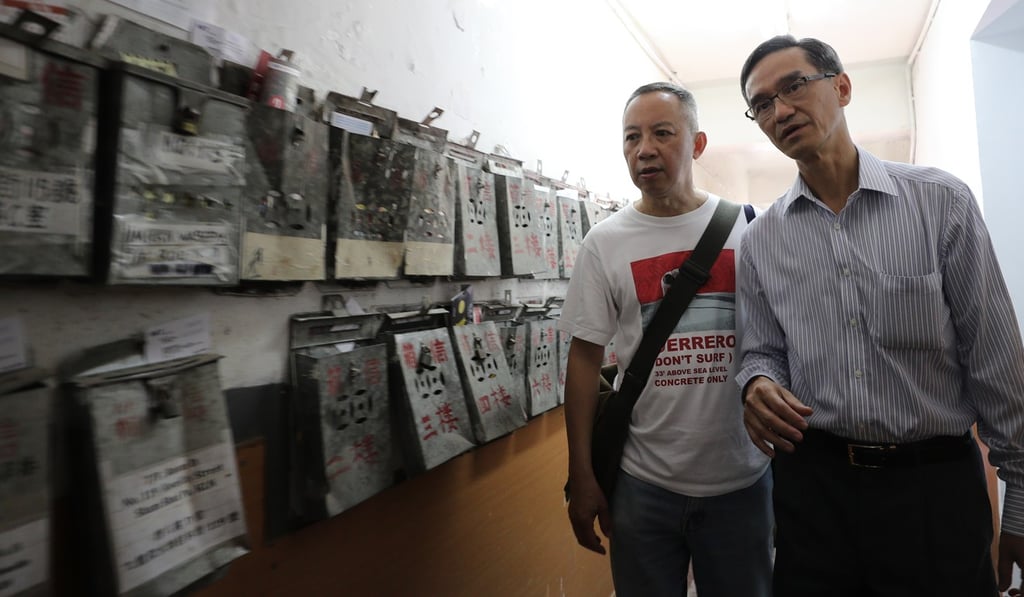Advertisement
Hong Kong can solve its housing problems without finding more land – just don’t ignore the facts
Ian Brownlee says the top priority for addressing Hong Kong’s housing issues is enacting practical measures for those inadequately housed. If the task force on land supply ventures into schemes for increasing supply in the hope of bringing down prices, the results will be disappointing
Reading Time:4 minutes
Why you can trust SCMP

The task force on land supply’s consultation document should provide a factual starting point for a rational public discussion leading to realistic and achievable public policy objectives. Unfortunately, facts are not given priority and the process is likely to result in unachievable policy objectives. The most sensitive area and biggest driver for land is housing, and here the analysis has fundamental problems.
Advertisement
The demand for housing is derived from the government’s 2030+ planning strategy, which took its figures from the Long Term Housing Strategy. Its figures largely came from the Housing Department’s mechanisms for assessing eligibility for public housing. The assessment mechanism is unrealistic and unrelated to real housing needs as it grossly overestimates what is required. It also assumes that the only way to reduce the housing waiting list is through more housing rather than being more innovative.
While there is an undoubted need for a rational supply of serviced land for development, the land supply discussion fails when the facts are examined. However, given the entrenched nature of the process, and despite some questioning from the Legislative Council, this fundamental analysis has not been carried out. Problems arise because there is no definition of “affordability”, while there is no examination of possible changes to policy and administrative measures to minimise development.
The urgent problem is to provide homes for those who are inadequately housed. This appears to be a massive problem, given the publicity surrounding those in subdivided apartments and caged dwellings. However, there are only about 120,000 households inadequately housed out of 2.51 million – around 5 per cent. The allocation system for public housing gives no priority to these people, instead placing them in the long queue. There is no reason why these people should be living in terrible conditions.

Advertisement
Top priority should be given to ensuring they are all properly housed. A task force should be established to ensure this is done within three years, to permanently remove the problem. The issue here is not the people, but the existence of inadequate housing. During the 1980s-era squatter clearance programmes, when a household moved to public housing, the squatter huts were removed.

Advertisement